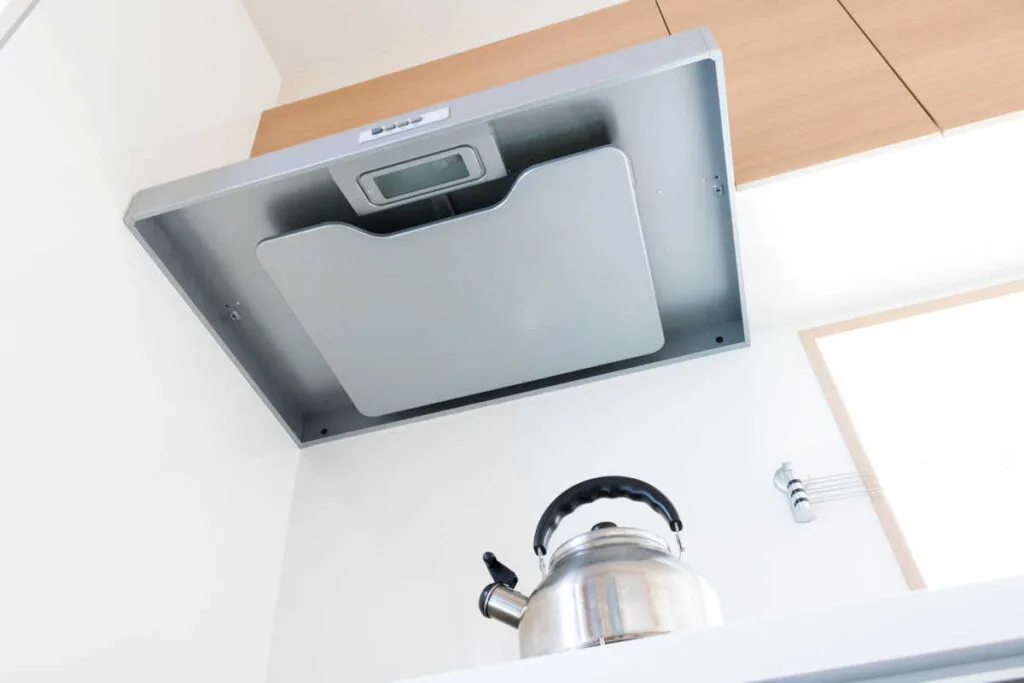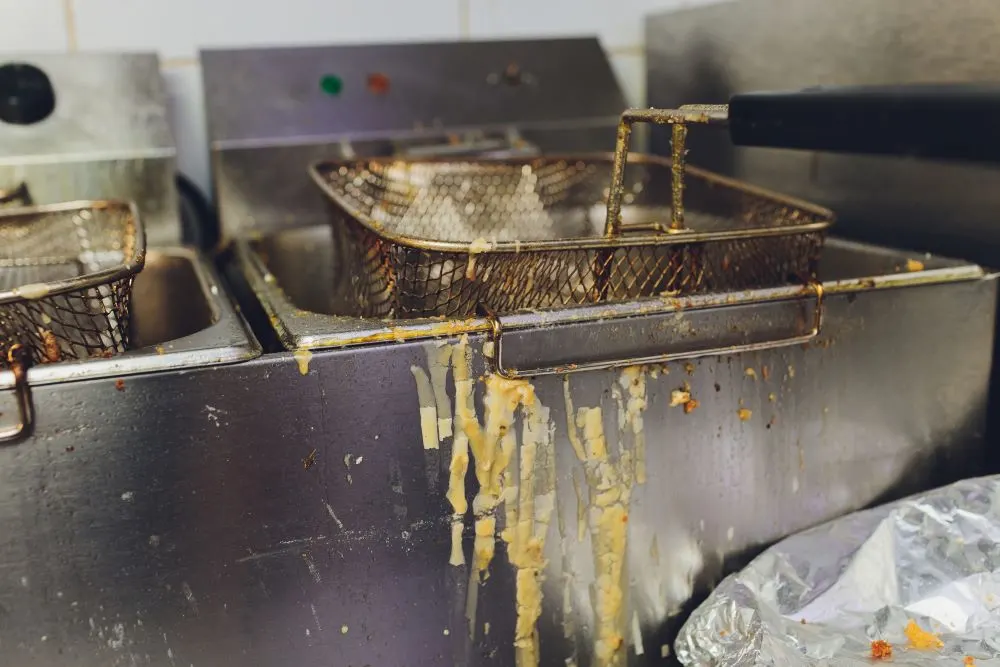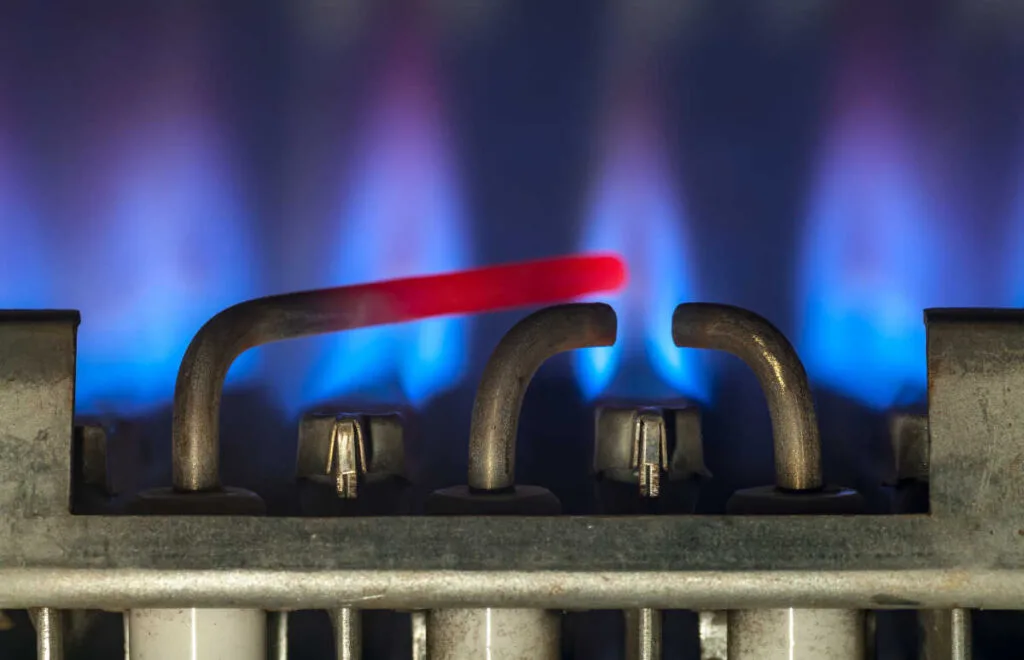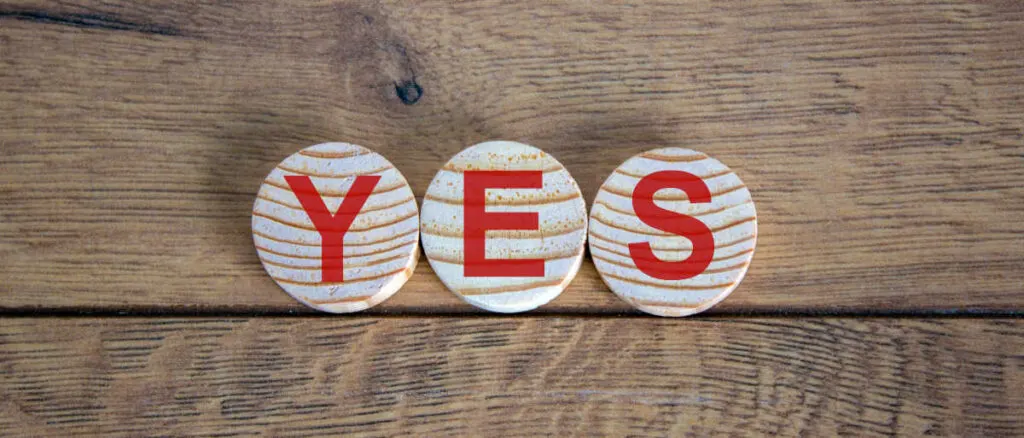Some kitchens are used for only brewing coffee and eating cereal, while others are used to fry bacon every single morning.
This is why there is no single right answer to this question. The answer depends mainly on your cooking habits.
Many homes lack a proper range hood, especially rental properties. Landlords often try to save money by not installing the ductwork necessary for a vented range hood.
It might seem like an unnecessary appliance but in reality, it is not. Next, we will discuss why it should be part of every modern kitchen and how it could even save your life.

In most states a range hood is not required by building codes. However it is extremely useful if the stove is frequently used for frying or boiling. The fat from frying will deposit on the furniture, curtains, and even the cooker’s hair. The evaporating water from boiling can cause moisture damage to the house.
5 Reasons Why A Range Hood Is Essential
I and my family lived without a range hood for two years in our first home. To us, it seemed normal, we would simply open up a window when cooking something with a more potent smell.
However, now for a couple of years, we have had a vented range hood installed…and let me tell you, it is amazing 🙂
Here are the 5 reasons why it should be a part of every kitchen.

Oil Residue On Furniture/Walls
Whenever frying something, be it bacon or carrots, a small amount of oil is suspended in the air all around the kitchen.
The oil will eventually build up to a sticky layer on the cabinets, walls, curtains, windows, and anything else remotely close to the stove.
Dust will accumulate on the sticky layer, and eventually, when not cleaned the surface will be a great place for bacteria to grow.
Even when you are very neat and clean all the surrounding surfaces regularly, there is a downside to that. All that extra scrubbing and deterioration from cleaning agents will fade/wear the surfaces you are cleaning at an accelerated rate.
Quite strong detergents must be used in order to get rid of the sticky layer. This could even damage some paints/finishes on the first cleanup.
It’s not only the oil that will be transferred to the furniture. Even when boiling pasta a microscopic amount of starch is suspended in the steam. This will eventually build up to a layer similar to what you have in a dirty pasta pot.

I was surprised to find out that even ductless range hoods prevent greasy residue. This is good news to everyone who does not have a duct routed above the stove.
If a sticky dusty layer covering your kitchen sounds good to you, go ahead and skip the range hood 🙂
Funky Smell
Have you ever visited a friend and the place had a distinct smell?
Something you just can’t put your finger on…next time when you encounter the smell, find out discreetly if they have a vented range hood and if they actually use it.
If you currently have a range hood and it is not effectively clearing the air, check out the 8 Reasons Why A Range Hood Is not Effective
Nine times of ten the “house smell” is caused by cooking without a range hood.
Every time something is cooked microscopic food particles are flying around in the air. Normally this would be sucked out by the range hood before it had a chance to cling to anything.
However, if there is no range hood the food particles will accumulate on all the surfaces around your house.
After years of cooking the end result will be a smell reminding a fast food joint. This is actually something you get used to living in the house, but whenever someone comes to visit, they will smell it.

So there you go, another good reason to install a range hood.
Tip: When cooking you should not be able to smell what is being cooked. If you can, simply turn the range hood on to a higher setting. (Whenever you can smell it, it will be deposited on the surfaces)
Moisture Damage
This can be something people never think about, since it will not be visible until it is too late. The moisture from boiling or generally heating liquids must be exhausted out of the house.
This is one of the reasons why ductless range hoods are not very useful. More on this later.
Think of it like this – by boiling 5 cups of water for 20 minutes, the pot will be a full cup lighter after 20 minutes.
Does this mean that 1 cup of water has mysteriously disappeared? Unfortunately no.
The evaporated 1 cup of water is spread around the house. The hot steam will move straight up from the stove and through small cracks in the ceiling it will end up in the ceiling construction.
Depending on how your home is built this can lead to serious moisture damage and over time even it can even lead to black mold.
Black mold removal can cost tens of thousands, depending on how far spread the mold is. Even if your insurance will cover this, it will be a pain in the a** in any case.
Since this will be not visible until the damage has been done it is essential to have decent ventilation while cooking. A vented range hood is the best tool for the job!
Health Risks
The fumes from cooking, especially when cooking meat can be carcinogenic. This has been proven by many studies.

In fact, it is not recommended to be in the vicinity of a Chinese food restaurant exhaust for more than 7 hours a month?!?
This means when you cook in your own home for more than 7 hours a month without a range hood you will be subjected to enough polycyclic aromatic hydrocarbons to heighten your lifetime cancer risk (ILCR)
There are more and more studies supporting the claim that exposure to cooking oil fumes leads to an increased risk of lung cancer. This can be easily avoided by using an effective range hood to exhaust all the dangerous cooking fumes.
Bonus: A vented range hood can be used to ventilate a room while painting.
It is not worth jeopardizing your family’s health for a couple of hundred bucks that you would save by not installing a range hood.
Code Requirements
Range hoods are not required by code in residential settings in most areas. All that is required is that adequate overall ventilation is provided to the home. A notable exception is in the state of California, which requires vented mechanical ventilation, ideally in the form of a range hood, in the kitchen.
You can check out the requirements for a few other areas in my dedicated articles:
However, after all the points made earlier about why it is an essential part of any kitchen a range hood should be installed whether it is required by code or not.
After all, building codes are designed primarily to provide safe and energy-efficient living space. The cleanliness that the range hood provides is more of a luxury and, thus, is not required.
Related Article: Does a Range Hood Need to Be Grounded
Things to Consider When Choosing A Range Hood
Vented Range Hood
A vented range hood is connected to a duct that exhausts the cooking fumes to the outdoors. According to the international building code, the duct must be made out of either galvanized steel, stainless steel, or copper.
The duct must be airtight and independent from other ventilation systems. This means that you cannot connect a bathroom fan and a range hood to the same common vent as you can with two bathroom fans. The duct must be equipped with a backdraft damper. (Read more on why the damper is a very important part of the system)
If you are interested in learning more, check out my article on the Range Hood Vent Code Requirements.
If at all possible a vented range hood should be used. This can’t really be compared to the ductless variant.
Installing a vented range hood is much more complicated and a HVAC contractor should be hired.
A vented range hood will exhaust all of the cooking fumes to the outside, and fresh air is drawn in to replace the stale air. This means that the indoor air quality will remain excellent even if you are burning food on the stove.
It also means that you can use the range hood to cool the room under the right conditions.
Related Article: Does a Range Hood Need to be on a Dedicated Circuit
Ductless Range Hood
A ductless range hood is basically a fan that blows air through a carbon filter. While this does have some effect, it is not comparable to a real vented range hood.
Related article: Are Ductless Range Hoods Any Good
Depending on how often the hood is used the filter elements must be replaced quite often. So factor that in as an extra cost that will be reoccurring every couple of months. It can get quite expensive as quality replacement filters are not cheap.
The carbon filter will trap some of the food and smoke particles, but it will not remove any of the moisture from cooking.
Here you can learn more about how carbon filters work
So all that moisture from boiling will be still blown right out of the other end.
I guess if there is absolutely no way to run ducting to your range hood a ductless range hood is better than nothing…But if at all possible install a real vented range hood.
CFM
Cubic feet per minute(CFM) measures how much air the range hood will move. Obviously the more the better, especially if you like to stir fry, since that tends to create a lot of smoke.
Anything at or above 500 CFM is more than enough for a residential kitchen.
Here is an affordable 900 CFM range hood (amazon link) that will handle even the smokiest cooking sessions without a problem.
Sound Level
Quietness can be a important factor. Cooking is often a social action and it is nice to be able to hold a conversation without yelling.
This is why it is important to look for a range hood with multiple speeds and a very low sound output for the slowest setting.
An ideal range hood should have an extremely quiet slow setting and an extremely powerful high-speed setting for stir-frying.
Anything under 1 Sone or 40 decibels is going to be very quiet for a range hood.
Aesthetics
Range hoods come in many different shapes and sizes. In the end, you must choose one that will fit your existing kitchen design.
Conclusion

The range hood is an essential piece of equipment for any kitchen. It will help keep your home clean and the air you breathe fresh. A vented kitchen range hood should always be preferred as the filters in ductless fans are not as effective as venting to the outside.
If you are looking for a unique and locally manufactured range hood, you can check out my article on 8 Range Hoods Made in USA.


